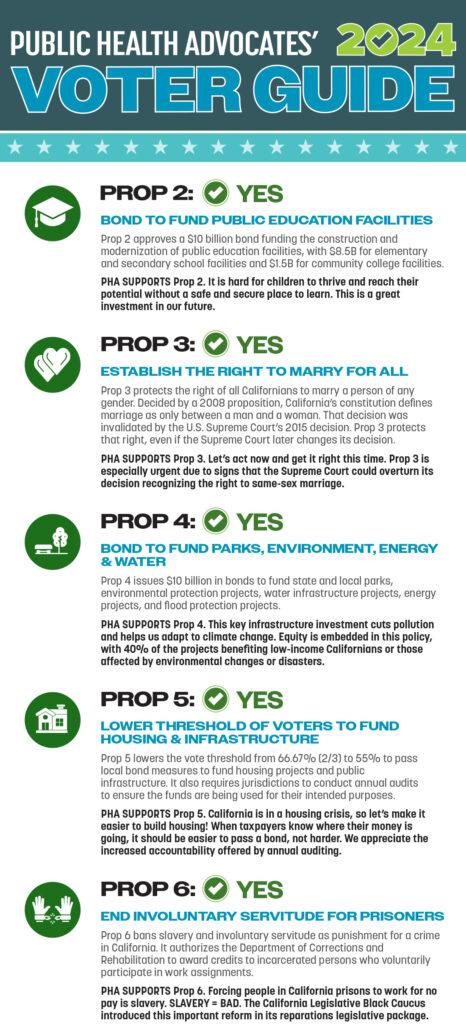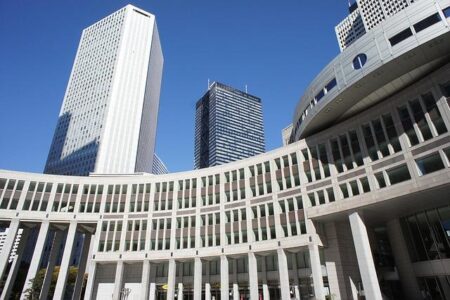Los Angeles Prop 2: Transforming Public School Facilities for a Safer, Smarter Future
Los Angeles residents are gearing up to vote on Proposition 2, a crucial initiative designed to revamp the city’s public school infrastructure.With many school buildings aging and falling short of modern educational demands, this measure seeks to inject substantial funding to upgrade classrooms, bolster safety, and integrate cutting-edge technology. This article delves into the proposition’s main features, its anticipated effects on the Los Angeles Unified School District (LAUSD), and insights from community advocates and experts as the election approaches.
Revitalizing Aging School Infrastructure: The Core of Prop 2
Proposition 2 targets the urgent need to refurbish and strengthen California’s public school facilities, many of which have been flagged as outdated or hazardous by safety inspectors. The initiative prioritizes critical improvements such as seismic retrofitting to withstand earthquakes, installation of modern HVAC systems to improve indoor air quality, and removal of toxic substances like asbestos and lead-based paint. Proponents argue that these upgrades will not only protect the health and safety of students and staff but also foster environments conducive to better academic performance.
Key renovation goals outlined in the proposition include:
- Modernizing classrooms with state-of-the-art technology and ergonomic furniture
- Enhancing accessibility to ensure students with disabilities have equitable access
- Implementing renewable energy solutions to lower schools’ environmental impact
- Upgrading playgrounds and sports facilities to encourage physical health and social interaction
| Renovation Focus | Anticipated Benefit | Projected Completion |
|---|---|---|
| Seismic Strengthening | Increased Earthquake Resilience | 2026 |
| HVAC Upgrades | Better Air Quality and Comfort | 2025 |
| Accessibility Improvements | Inclusive Learning Spaces | 2027 |
| Energy-Efficient Lighting | Lower Energy Consumption | 2025 |
Allocating Funds for Safety Enhancements and Technological Advancements
The proposition dedicates significant financial resources to upgrading safety features within public schools, underscoring a commitment to secure learning environments.Investments will focus on modernizing fire suppression systems, reinforcing buildings against seismic activity, and improving access control technologies to safeguard students and staff. These measures aim to bring all campuses up to current safety codes and reduce risks associated with natural disasters and emergencies.
Beyond physical safety, Prop 2 also allocates funds to integrate advanced technology that supports a 21st-century educational experience. Expected technological improvements include:
- Interactive smart classroom tools that enhance student engagement
- AI-powered security monitoring for real-time threat detection
- High-speed communication networks to facilitate rapid emergency responses
| Upgrade Type | Budget Allocation | Completion Target |
|---|---|---|
| Earthquake Safety Retrofits | $120 Million | 2025 |
| Fire Safety Systems | $85 Million | 2024 |
| Security Technology | $150 Million | 2026 |
Community Advocates Demand Fair Distribution of Resources
Voices from various neighborhoods and educational circles emphasize the importance of equitable funding allocation to ensure all schools benefit from the modernization efforts. Advocates call for obvious budgeting processes that prioritize schools in historically underserved areas, addressing disparities caused by socioeconomic and geographic factors. The push for equity-driven policies aims to close gaps in facility quality, access to technology, and educational resources, fostering a more balanced academic environment across LAUSD.
Community leaders have highlighted several investment priorities to guide the distribution of funds:
- Safe, accessible buildings that meet or exceed current safety regulations
- Expanded technology access to support digital learning in under-resourced schools
- Progress of green spaces and recreational facilities to promote student wellness
- Ongoing maintenance funding to prevent future infrastructure disparities
| District | Facility Condition | Proposed Funding Increase |
|---|---|---|
| Northside | Good | 10% |
| Eastwood | Fair | 25% |
| Westvale | Poor | 40% |
| Southgate | Good | 15% |
Experts Stress the Importance of Lasting, Forward-Thinking Facility Management
Educational infrastructure specialists argue that facility upgrades must be part of a long-term, strategic plan rather than a one-off fix. The effectiveness of Proposition 2 depends on embedding sustainable management practices that anticipate future educational trends and reduce the need for costly renovations down the line. By focusing on extending building lifespans and incorporating eco-friendly technologies, school districts can create healthier, safer environments while optimizing public investment.
Key components of sustainable facility management include:
- Energy-saving systems that cut operational expenses and environmental impact
- Routine maintenance programs to identify and resolve issues proactively
- Flexible space design to accommodate evolving curriculum and teaching methods
- Inclusive stakeholder participation involving educators, students, and community members to align facility goals with educational priorities
| Facility Component | Proposed Enhancement | Expected Outcome |
|---|---|---|
| HVAC Systems | Smart controls and energy-efficient units | Improved air quality and reduced energy use |
| Lighting | LED fixtures with motion sensors | Lower electricity consumption |
| Roofing | Eco-friendly, reflective materials | Decreased heat absorption and enhanced durability |
Conclusion: Prop 2 as a Catalyst for Educational Facility Renewal
As Los Angeles looks ahead, Proposition 2 stands as a vital initiative to tackle the pressing need for modernizing public school facilities. By securing essential funding for safety upgrades, technological advancements, and sustainable infrastructure, the measure aims to elevate educational environments for current and future generations. With educators, parents, and community members rallying behind the proposition, the upcoming vote will considerably influence the city’s commitment to delivering high-quality education well into the future.




